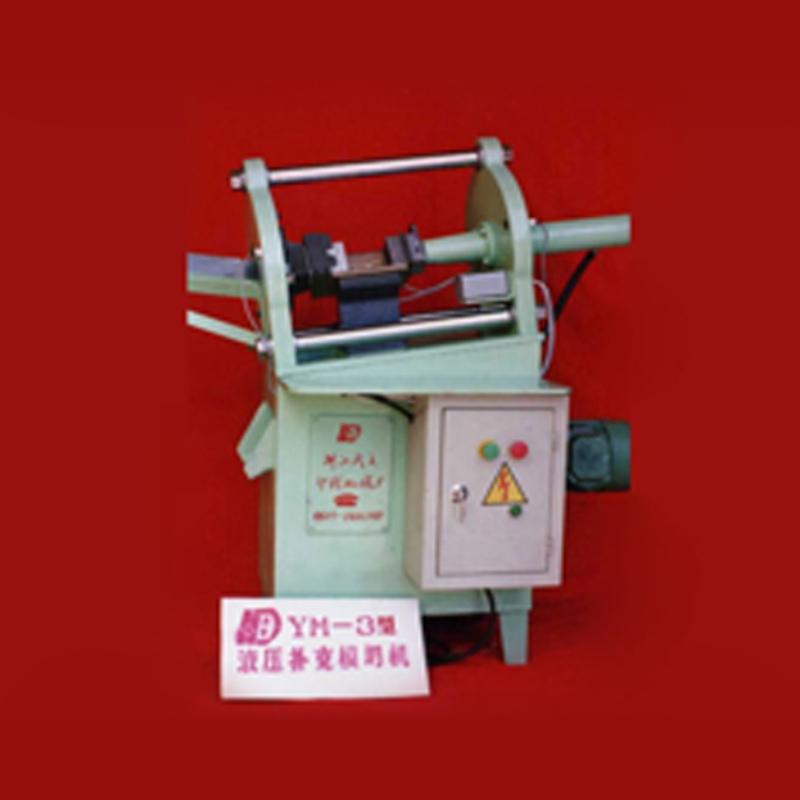Web Menu
Product Search
Exit Menu
Evaluating Operational Stability During High-Speed Production in a Playing Cards Making Machine
In modern manufacturing, efficiency is closely tied to speed. For industries involved in producing high-volume items like playing cards, high-speed operation is essential to meet commercial demands. However, with increased speed comes the need for enhanced stability. This article explores how a Playing Cards Making Machine maintains operational stability while running at high speeds, ensuring consistent output and reducing disruptions.

Structural Integrity and Vibration Control
A fundamental factor in maintaining stability at high speeds is the machine’s structural design. High-quality Playing Making Machines are built with rigid steel or alloy frames that resist flexing and vibration. These machines often incorporate anti-vibration bases and precision balancing mechanisms that reduce movement even under decreased load. Reduced vibration ensures that components such as rollers, feeders, and cutters remain aligned, preventing misfeeds or registration errors during operation.
Precision Component Synchronization
The speed at which modern machines operate demands synchronization among various mechanical and electrical systems. The feeder, printer, cutter, and stacker modules must work in unison, often within milliseconds of each other. Any delay or misalignment could result in jamming or defects. High-end systems use servo motors and closed-loop control systems to ensure each component maintains precise timing and speed regulation. This synchronization is key to avoiding disruptions that could compromise production stability.
Advanced Control Systems and Automation
Automation is critical for managing high-speed functions. A Playing Cards Making Machine typically includes a centralized control interface that monitors every aspect of the operation in real-time. These systems often use programmable logic controllers (PLCs) and human-machine interfaces (HMIs) that allow operators to adjust parameters, detect anomalies, and perform diagnostics without downtime. Automated adjustments help maintain consistency even when the machine is running at a good speed, contributing to overall stability.
Heat Management and Material Handling
Operating at high speeds generates heat, which can affect sensitive components and cause expansion or friction-related issues. Advanced machines are equipped with cooling systems, thermal insulation, and smart airflow designs that dissipate heat effectively. In addition, high-speed machines use precision-engineered material handling paths with anti-friction surfaces and optimized tension control to ensure that card stock moves smoothly through each processing phase without buckling or jamming.
Monitoring and Safety Features
To safeguard stability, modern machines incorporate multiple monitoring systems. These may include sensors for paper alignment, tension, speed, temperature, and motor load. If any parameter falls outside acceptable ranges, the machine can either alert the operator or automatically slow down or stop to prevent damage. Safety features like emergency stops, overload protection, and protective enclosures also ensure that the machine can be safely operated under high-speed conditions without compromising performance or worker safety.
Conclusion: Engineered for Continuous, High-Speed Reliability
The ability of a Playing Cards Making Machine to maintain stability at high speeds is not incidental—it is the result of deliberate engineering across structural, mechanical, electrical, and software domains. Through robust frame construction, precise synchronization, intelligent automation, and comprehensive monitoring, these machines are built to deliver consistent quality under demanding conditions. For manufacturers aiming to scale efficiently without sacrificing product integrity, investing in a high-stability machine is not just beneficial—it is essential.




 English
English عربى
عربى











